Top 6 Tajikistan Culture, Customs and Etiquette
Should you remove your shoes when visiting friends? Should you greet those on elevators with a smile? When thinking about the dos and don'ts in your own ... read more...nation, these questions might not seem like the most obvious ones, but things that you might not even consider at home can have a major impact abroad. Here is a list of Tajikistan's Culture, Customs and Etiquette.
-
Islam, which is practiced by around 98% of the population, has a significant impact on the social beliefs and customs of Tajikistan. These ideas and habits, which many people could consider conservative, are the product of this religious influence. The widespread belief that women and girls should never be left alone with a male or group of men is one example of this.
This sex disparity can also be observed at large social gatherings, where males tend to congregate in one area and women tend to congregate in another. The significance given to displaying respect and providing hospitality is another aspect of the social beliefs and practices of the people of Tajikistan. The way people greet one another here is one example of how people demonstrate respect.
Major life events like funeral observances, for instance, are influenced by Islam as well. The body is typically ceremoniously cleansed and wrapped in a white cloth the day someone passes away. Then the mourners gently follow the body as it is manually carried to the burial location while vocally expressing their sorrow.
https://borealisthreatandrisk.com/ 
https://wallpapercave.com -
Islam is the religion that is most extensively practiced in this nation, as was already said. Several state holidays have been set aside in honor of significant events for this faith, notwithstanding the government's declaration that everyone in Tajikistan has the right to practice their religion freely. The inhabitants of this area observed the Navruz celebration before Islam was introduced.
This holiday, which is sometimes referred to as the Persian New Year, is still a significant occasion today. Its origins can be found in the long-ago customs and rituals of harvest and planting season celebrations. For instance, Navruz occurs at the beginning of spring, which is traditionally when fresh crops are planted.
This holiday is celebrated in Tajikistan every year from March 20 to March 23 for a total of 4 days. The Tajik people celebrate Navruz by getting rid of old home items, enjoying outdoor games, and paying visits to friends and relatives in order to prepare for the new season of growth and fertility. Additionally, depending on the locale, specific cuisines might also be produced.
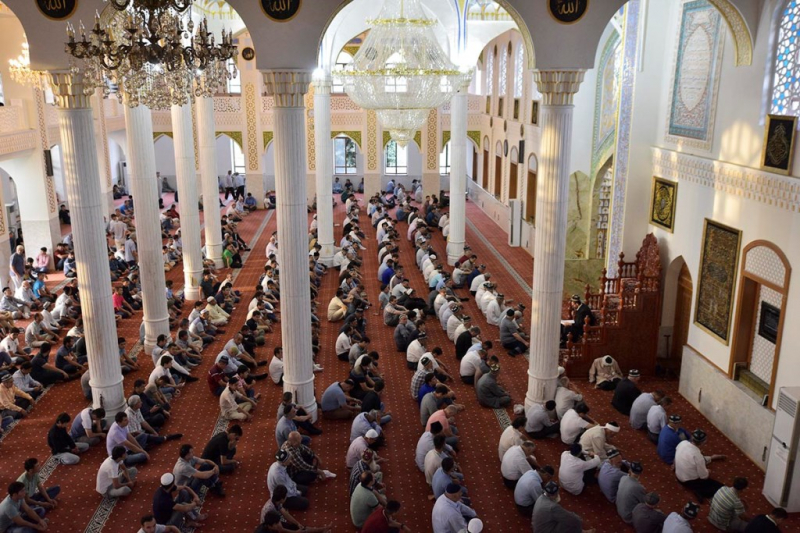
https://asiaplustj.info/ 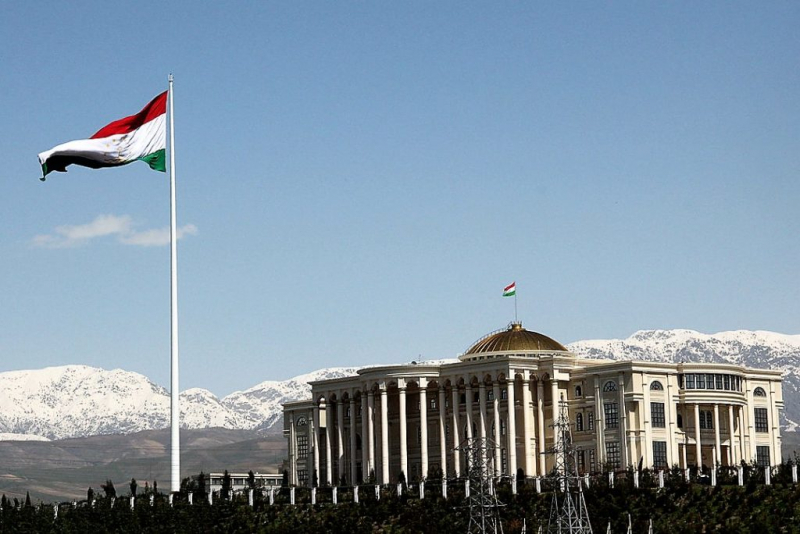
https://www.worldwatchmonitor.org/ -
Folk music, usually referred to as traditional music, continues to play a significant part in Tajikistan's contemporary culture. The daf, rubab, and karnay are some of the instruments utilized in this nation's folk music. The daf is a wooden ring with an animal skin covering that is used as a percussion instrument. A row of metal hooks and rings are located inside the ring and create music when the instrument is struck.
A stringed instrument called a rubab resembles a lute. The karnay, a very long trumpet-like instrument made of brass or copper, is the last item. It is regarded as Tajikistan's national instrument. The traditional dances of Tajikistan serve a variety of functions, from ceremonial dances to dances meant to mimic nature.
Men and women typically dance in different styles, with men doing dances that are faster and more energizing than those performed by women. The fire dance, the sword dance, and the knife dance are a few examples of these dances.
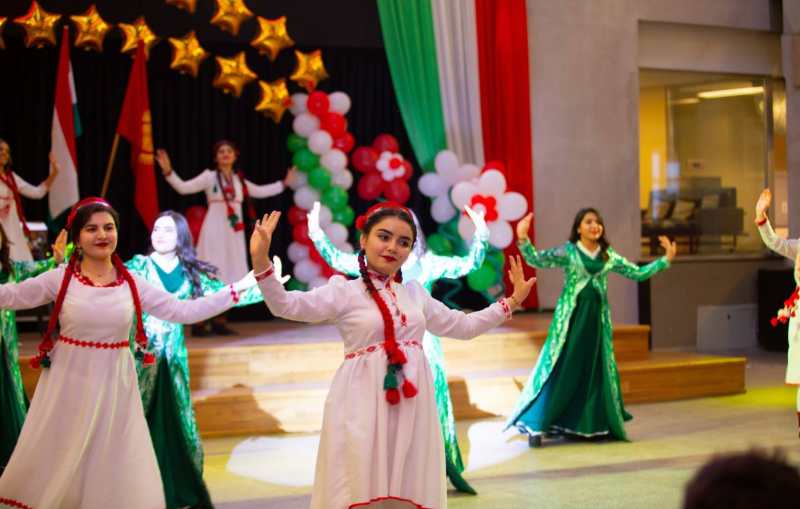
https://auca.kg/ 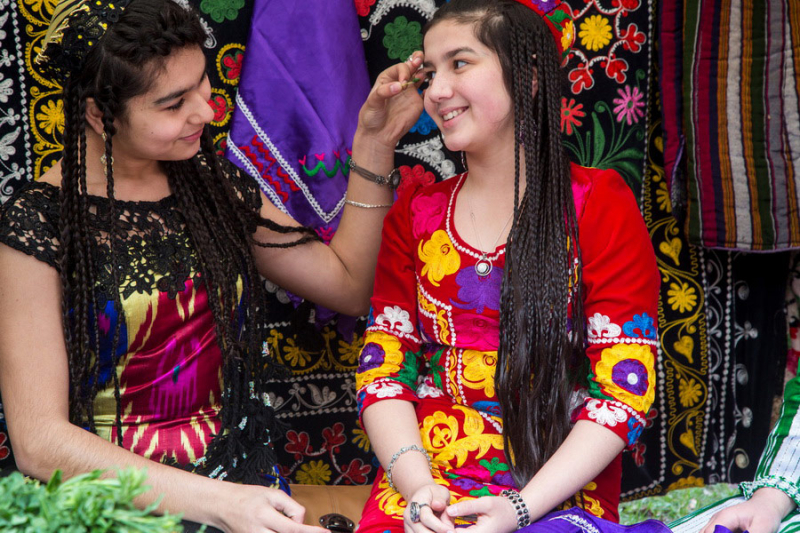
https://www.advantour.com/ -
Tajikistan's culture is distinguished by a long and persistent participation in literature and the arts, in addition to music and dancing. Samarkand and Bukhara have historically served as the literary hubs of Tajik culture. However, these cities are currently regarded as being inside the nation of Uzbekistan. The literature produced in Tajikistan during the Soviet era was impacted by what the occupying power permitted or forbade.
Historians have referred to the literature during this time period as socialist realism as a result. The pride in this nation's literary heritage and the pride in language preservation are intertwined today. Temur Zulfiqorov, who writes in Tajik and is credited with preserving the Persian literary tradition, is arguably one of this nation's best-known contemporary authors.
Wood carvings, weavings, and embroidery are just a few of the many ways that Tajikistani art is expressed (to mention a few). This country's artistic designs frequently use intricate features that can be seen in artwork from previous ages.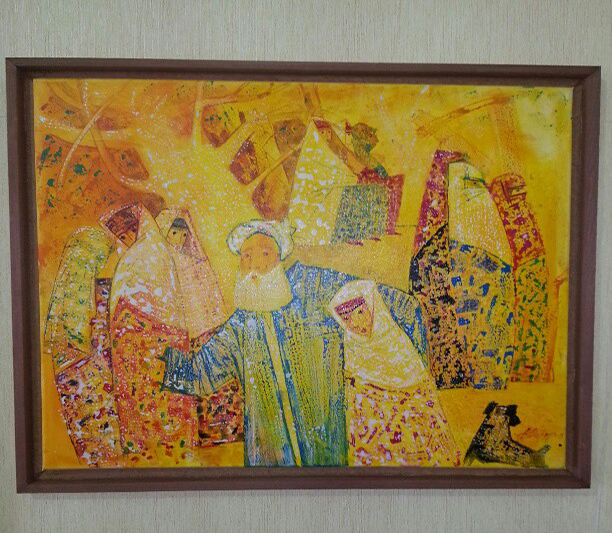
http://www.theworldfolio.com/ 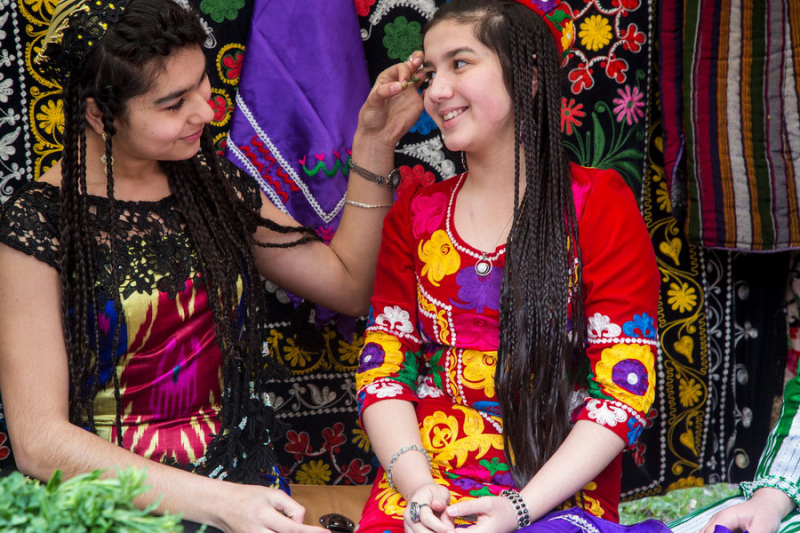
https://www.lostwithpurpose.com -
Outdoor activities including hill climbing, mountain biking, rock climbing, skiing, snowboarding, hiking, and mountain climbing are all possible in Tajikistan's highlands. However, there are only a few amenities. Local and international alpine organizations conduct seasonal mountain climbing and hiking tours to the Fann and Pamir Mountains, including the 7,000 m peaks in the area.
In Tajikistan, football is the most popular sport. The national football team of Tajikistan plays in AFC and FIFA tournaments. The Tajik League features the top clubs in Tajikistan. Since Tajikistan's independence, four of its athletes have brought home Olympic gold. Yusup Abdusalomov, a wrestler, won silver in Beijing in 2008; Rasul Boqiev, a judoka, won bronze; Mavzuna Chorieva, a boxer, won bronze in London in 2012; and Dilshod Nazarov, a hammer thrower, won gold in Rio in 2016.
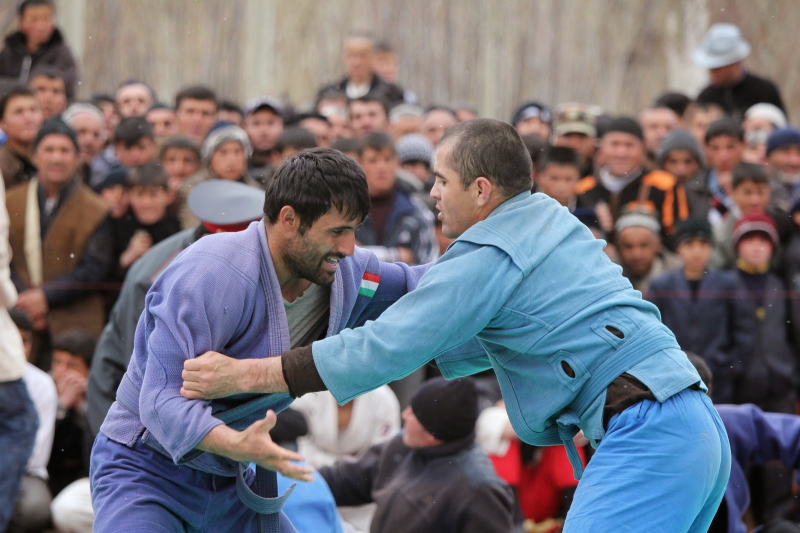
https://www.groundnevermisses.com/ 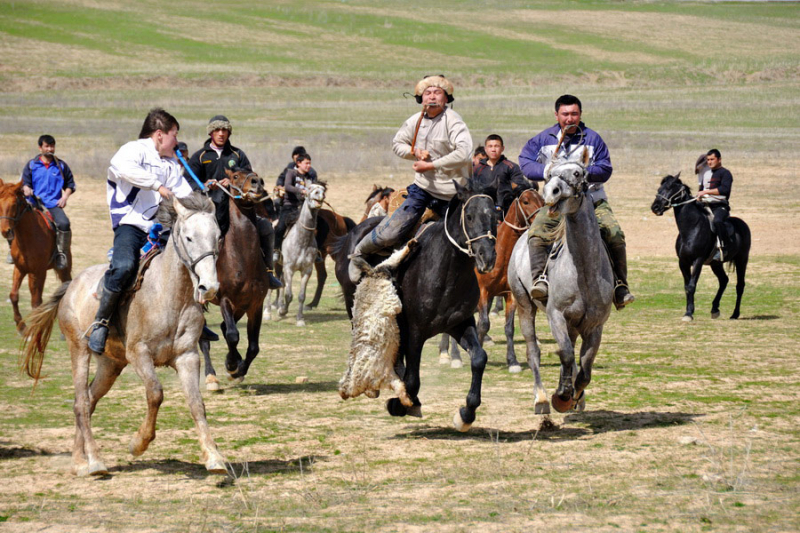
https://www.advantour.com -
One of life's most sacred activities is creating a family through a union blessed by a religious ceremony. Additionally, it is a means of creating a social structure with the approval and assistance of the neighborhood. A matchmaker is frequently used while picking a bride. The parents of a daughter who will be living with her husband's family want to make sure that she will be taken care of. They pay special attention to the groom's lifestyle, education, and family's financial standing.
Friends and family are involved in the wedding feast, or tui. The festivities feature singing, dancing, and poetry readings. To ward off disease and the evil eye, a representative of the bride delivers an iron dish with burning herbs. The first night of marriage begins with the ceremonial preparation of the wedding bed. The bride's purity must be demonstrated to her mother-in-law the following morning.
Infants may be promised children, or a daughter may wed her uncle's son. Brothers' children getting married is viewed as being economically disadvantageous. Polygyny has gained popularity despite being forbidden. Although they are not legally recognized, these unions may make about 20% of all unions. Young women are deemed unmarryable after the age of 23, with the exception of as a second wife. The first wife typically stays when her husband marries a second wife because divorce is uncommon. It is discouraged for Muslims to marry non-Muslims.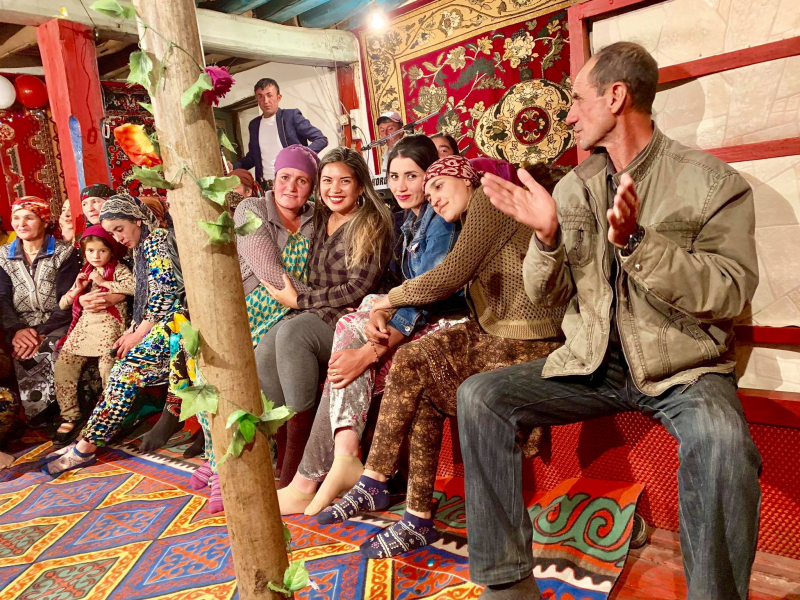
https://mrandmrshowe.com/ 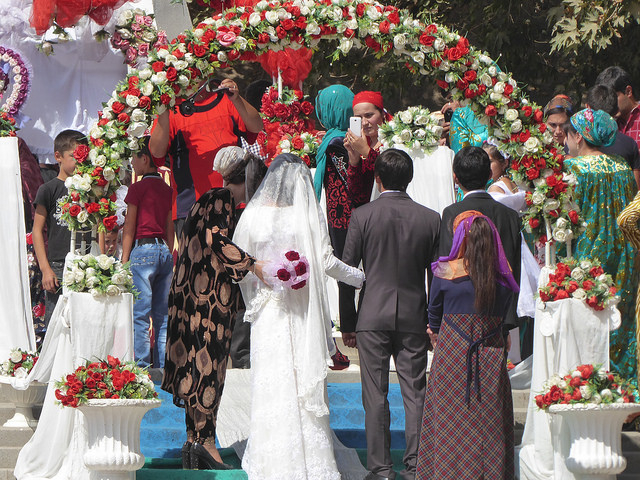
https://www.iphronline.org



























